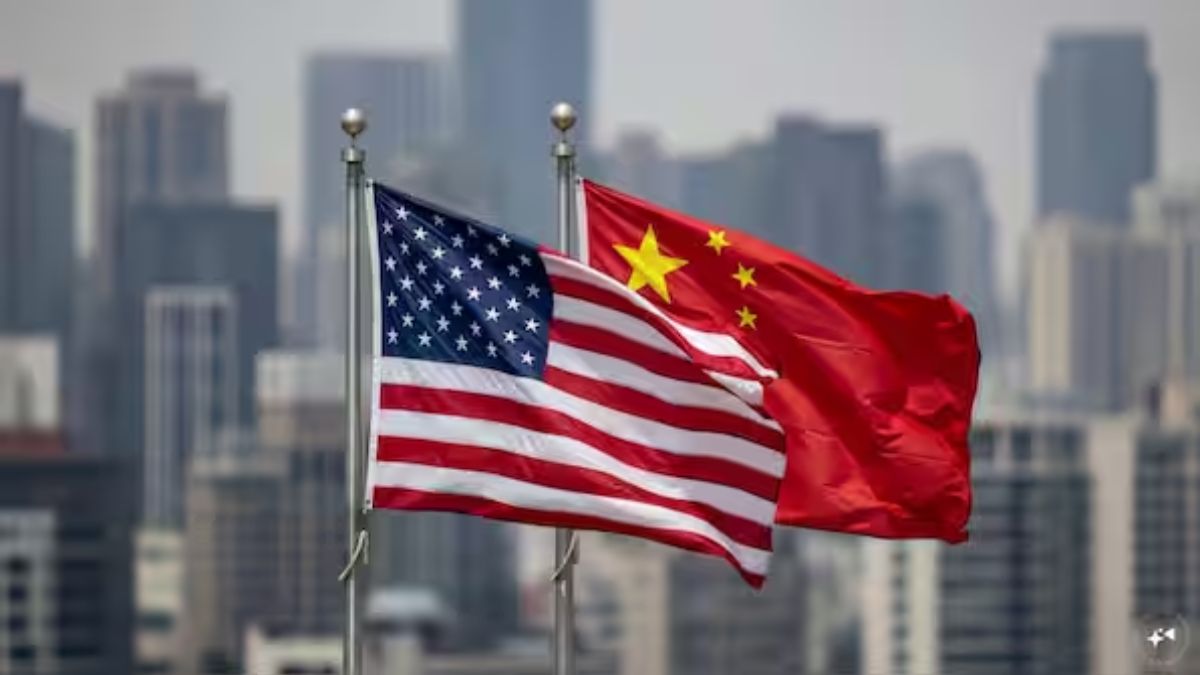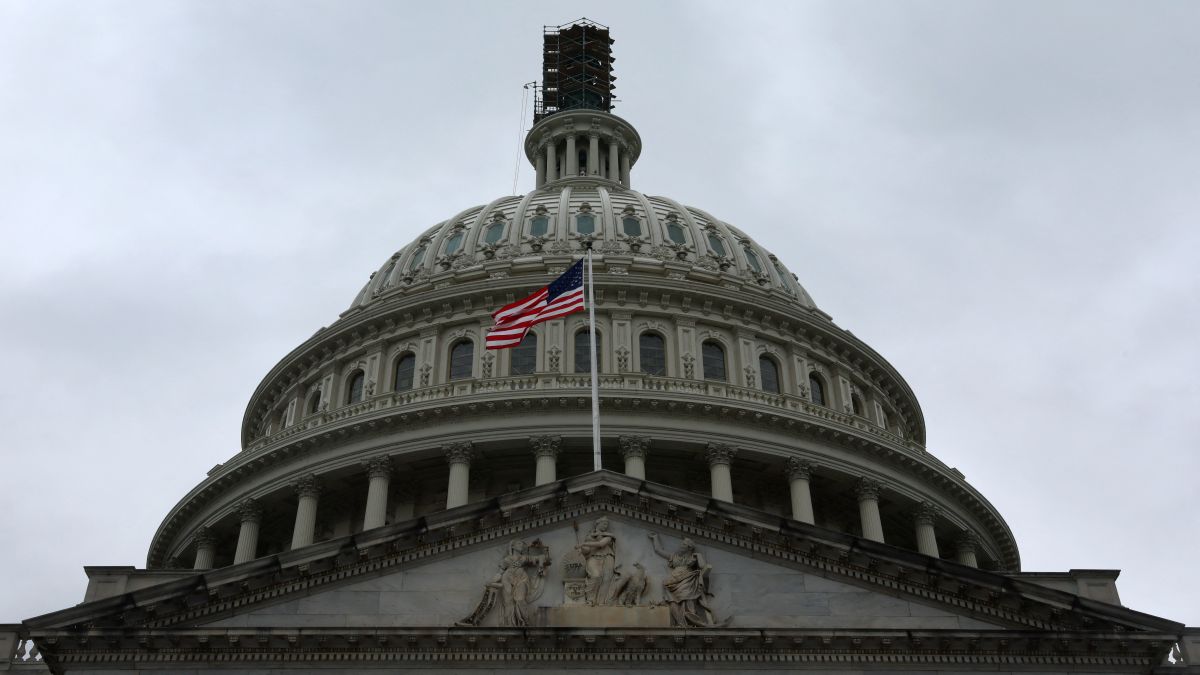The uneasy truce between Washington and Beijing is fraying once more. China’s decision to tighten export controls on rare earth elements, vital to the United States’ defence and technology sectors has reignited trade tensions that briefly lay dormant under a fragile peace brokered earlier this year.
Late Wednesday in New York, China’s Ministry of Commerce announced new restrictions on the export of 12 rare earth materials including holmium, erbium, thulium, europium and ytterbium, minerals used in semiconductors, aircraft engines, electric vehicles and advanced weapons systems.
As reported by Reuters, Beijing defended the measures as “legitimate and necessary,” asserting they were driven by national security concerns and not intended as export bans.
“China’s export controls are not export bans,” the ministry said, promising that export applications for civilian use would continue to be approved.
But the move has raised alarm in Washington and beyond. Rare earths are indispensable to high-tech industries and the US defence base, powering everything from F-35 fighter jets and precision-guided missiles to smartphones and wind turbines.
China processes over 90% of the world’s supply, giving it unmatched leverage. As CNN noted, that dominance has long been viewed in Washington as a potential geopolitical weapon, one Beijing appears increasingly willing to wield.
Impact Shorts
More ShortsTrump hits back, markets reel
US President Donald Trump responded swiftly and sharply. On Friday, he announced a 100% tariff on Chinese imports starting November 1, coupled with new export controls on critical software.
“Our relationship with China over the past six months has been a very good one, thereby making this move on Trade an even more surprising one,” Trump wrote in a lengthy Truth Social post, accusing Beijing of undermining an earlier truce.
His declaration sent Wall Street into a tailspin. Major indexes recorded their steepest drop in six months, with Big Tech shares tumbling as investors weighed the implications of a renewed trade war. Nvidia, the world’s most valuable semiconductor company and a major player in U.S.-China technology tensions, fell nearly 5%.
“Markets were pricing in a rosy scenario, but today was a wake-up call,” Dan White, head of research at Blue Creek Capital told Bloomberg.
The Chinese Commerce Ministry’s Sunday statement accused Washington of hypocrisy, citing US actions that it said “severely harmed China’s interests” including the addition of Chinese firms to an export blacklist and new port fees on China-linked ships.
It refrained, however, from imposing fresh tariffs, a move analysts viewed as a deliberate signal that Beijing still seeks a pathway to negotiation. “By clarifying the rationale behind its retaliatory measures, Beijing is also outlining a potential path forward for negotiations. The ball is now in the US court,” Alfredo Montufar-Helu, managing director at GreenPoint, told Reuters.
Leverage and restraint
China’s measured response stands in contrast to previous tit-for-tat escalations, which saw tariff rates soar to as high as 145% on U.S. goods and 125% on Chinese exports. Al Jazeera reported that Beijing appears to be leveraging its dominance in rare earths as a strategic counterbalance to Washington’s controls on semiconductor exports and AI technology. The calculus is clear: Washington may dominate advanced chips, but Beijing controls the minerals that make those chips possible.
Jon Hillman, a senior fellow for geoeconomics at the Council on Foreign Relations, told CNN that China’s timing was no accident. “The Chinese saw the reaction and leverage they had with export controls earlier this year, so it’s not surprising they would head into these talks to try to stack the deck in their favor,” he said.
Yet, Beijing’s restraint, stopping short of retaliatory tariffs could also signal caution. Analysts at Hutong Research noted that if China refrains from responding to Trump’s 100% tariff hike, it may reflect “diminished confidence in his ability to restrain hawks or stick to commitments,” suggesting Beijing could be repositioning for longer-term stability rather than short-term retaliation.
Collateral risks and geopolitical undertones
The Center for Strategic and International Studies (CSIS) warned that the latest restrictions could disrupt US defence supply chains, particularly for components like high-performance magnets used in radar systems, missile guidance, and stealth technologies.
“Even short-term shortages could have cascading effects on production timelines and strategic readiness,” the think tank’s analysis warned.
Meanwhile, China’s market regulator has stepped up scrutiny of major U.S. firms, including Nvidia and Qualcomm. As Reuters reported, the State Administration for Market Regulation announced an antitrust probe into Qualcomm’s acquisition of Israeli chip designer Autotalks, further heightening the regulatory pressure on American tech companies operating in China.
A broader struggle for control
This renewed standoff highlighted a deeper reality: both nations are seeking to weaponise economic interdependence without triggering full decoupling. “The U.S. is now dealing with a more assertive, less U.S.-dependent Beijing than during Trump 1.0,” wrote Wendy Cutler of the Asia Society Policy Institute. “The past 24 hours leave no doubt that those days are over.”
For Trump, whose foreign policy hinges on transactional, one-to-one deals, the latest crisis illustrates the limits of unilateral leverage against a peer power. For Xi, it is a calculated reminder that China’s control over the building blocks of modern industry remains one of its most potent strategic tools.
The rare earth dispute has become more than a trade spat, it’s a battle over who controls the critical technologies of the 21st century. As both economies teeter toward another trade war, one truth stands clear: in the race for technological supremacy, leverage may prove more valuable than tariffs.


)

)
)
)
)
)
)
)
)



